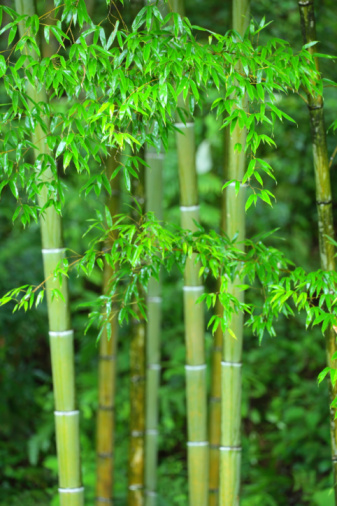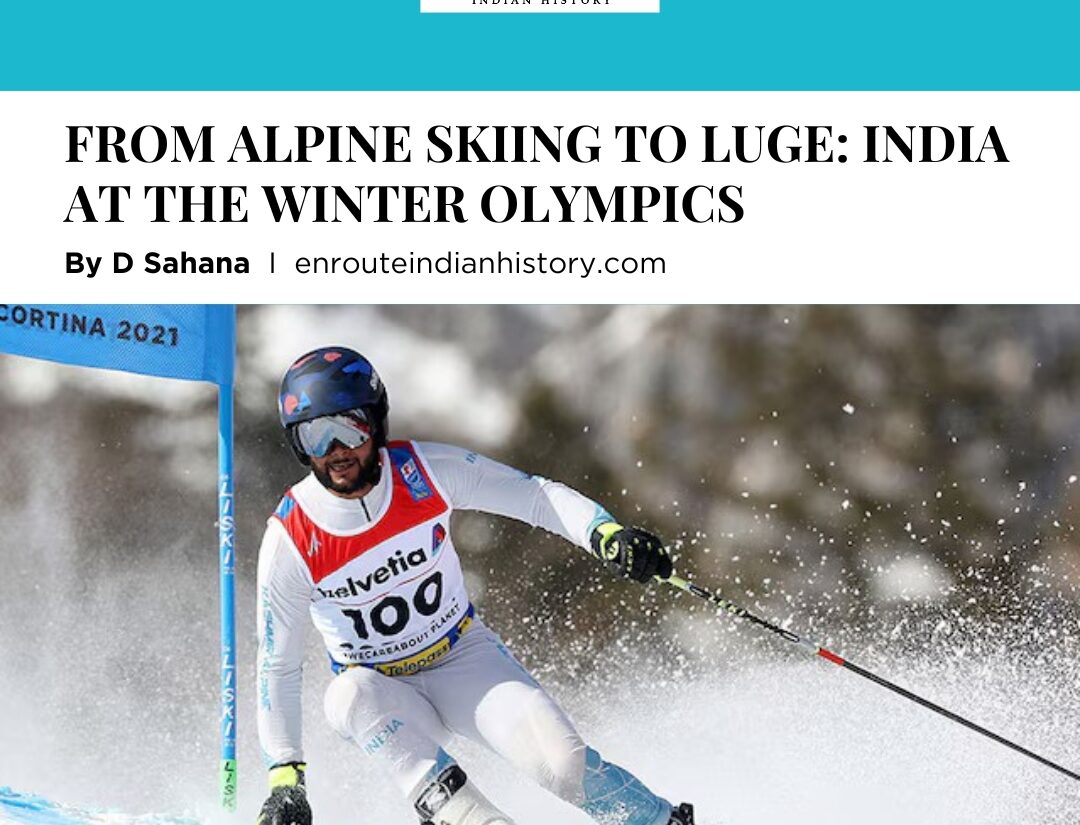
The signs of global warming include the rise in natural calamities such as floods, droughts, and forest fires. Such calamities result in widespread damage and loss of human lives. Apart from humans, the flora and fauna of the calamity-stricken regions suffer. These effects in turn become a part of the vicious circle of the causes and effects of global warming. The term global warming has become well known over the past two decades and countries across the world are taking initiatives and formulating plans to counter the effects of this extreme climate change. One of the main objectives of these plans is to bring in sustainable products to replace the products that are actively harming the environment. These products need to be made from raw materials that don’t pose any risk to Earth in the long run. Small-scale businesses are being encouraged to promote such products made from natural materials such as jute, cotton and bamboo. Bamboo is one of the raw materials that provide versatile products and plays a crucial role in the rising tide of sustainable products being introduced in the global markets.

Bamboo is the tallest grass in the world
(Source- Earth Rangers, 2019)
Climate change and sustainable products
Reduce, reuse, recycle and reinvent is the mantra of new-age sustainability. As the climate change crisis is rearing its ugly head and countries are facing the challenge of running their livelihoods while being conscious of the environmental needs, sustainability plays a vital role. The notion of sustainability advocates for environmentally friendly products. It stands for sustainable products that undergo the whole process of converting the raw materials into finished goods to be thrown after their use, without leaving a carbon footprint. These products need to be made while keeping the geodiversity balanced. Even the waste that is produced at the end of this product needs to be easily degradable. Sustainability addresses economic development and the growth of industries while balancing natural wealth and replenishing the resources that are being taken to fulfil the growth. Bamboo is one such natural material that has seen rise as a recyclable product in the last few years.

Bamboo forest
(Source- Down to Earth, 2018)
Bamboo- an option for sustainable products
Bamboo is a type of grass that is both tough and has a durable structure. It grows in the tropical and subtropical regions in Asia, Africa, America and other regions. It is a commonly found plant and grows in varied places with little need. From hot tropical areas to cold mountainous zones it can grow anywhere. After the rise in environmental consciousness and studies, the use of bamboo as a means of making sustainable products witnessed an immense rise. There are many reasons for bamboo being selected to champion sustainability and awareness. Bamboo has rapid growth. Few varieties of bamboo can grow up to 1.5 inches per hour. Bamboo is also easily renewable. They can sprout back from the stalks that have been. They are environment-friendly as they require less water to grow. They also help prevent soil erosion. Bamboos are pest resistant and hence don’t need any external chemicals to maintain them.

Flute made from bamboo
(Source- Guadua Bamboo)
Bamboos play an important role as a biodegradable product. They decompose easily and also form a good source of natural compost. Bamboo absorbs high amounts of carbon dioxide from the air and releases more oxygen. They are one of the best raw materials for sustainable products as they act as carbon sinks. The bamboo forests grow rapidly and absorb the elements that lead to air pollution, typically greenhouse gases. Carbon sequestration is the process through which plants safely store carbon dioxide to help offset the amount that goes into the environment. Bamboo is one of the best-known examples of plants that undergo this process. This environmentally friendly plant is hence used to make a variety of products and utilities to replace the use of plastics and other materials that actively harm the planet.
Bamboo products
Bamboo offers a vast variety of commercial and domestic products due to its physical and chemical properties. Some of the bamboo products that have gained popularity in the last few decades are as follows.
- Toothbrushes. Bamboo toothbrushes are quickly gaining popularity in the markets over plastic toothbrushes. These toothbrushes are biodegradable and quickly get assimilated in the soil after they are dumped, unlike plastic ones that stay in the soil.
- Hairbrushes. Bamboo hair brushes are quite in trend. Apart from being a recyclable product, these hairbrushes are said to promote hair growth though it’s not scientifically proven.

Cutlery made from bamboo
(Source- Guadua Bamboo)
- Tissue rolls and papers. Tissue papers are generally made from wood and paper pulp. Tissues made from bamboo pulp have gained market share in recent years as they have a softer texture.
- Straws. One of the plastic products that is used by the majority of people is plastic straws. These small straws contributed greatly to the horrendous use of plastic. To counter this, bamboo straws have been introduced which are recyclable products and cost less than plastic straws.

Bamboo hairbrush
(Source- Guadua Bamboo)
- Clothing. Bamboo clothing and its use in home linen is a rapidly growing industry. The fabric made from it is natural and is light and breathable. It is also much cooler. These qualities have led to the rise of textiles made from bamboo pulp sought after in the sustainable fashion industry. The bamboo fabric is gentler and doesn’t irritate the sensitive skin. Bamboo textiles are also used in carpets, curtains and wall hangings.
- Utensils and kitchenware. Bamboo is used in making spoons, forks, plates, cups and even big utensils. They are sustainable products and also reduce plastic waste as these utensils and kitchenware can be easily recycled.

A rocking chair made from bamboo
(Source- Guadua Bamboo)
- Furniture. Bamboos aren’t limited to the use of paper and textiles. Bamboo is also used in the furniture-making industry. Sustainable furniture includes various pieces made from bamboo that not only help in reducing the carbon imprint but also improve the overall aesthetic of the place. These furniture pieces are sturdy.
- Construction materials. The simple bamboo plant also finds its use in the building industry. It is the raw material used for panelling, floorings and even building structures.

Furniture made from Bamboo
(Source- Mojo Boutique)
In Asian cuisine, bamboo stalks are used in food preparation as well as consumed. Bamboo stalks are high in protein, carbohydrates, and fibre and rich in the B complex group of vitamins. Its use in cuisine and its availability have made it a popular environmentally friendly plant since the last decade. Though its use is widespread now bamboo is not devoid of blemishes. Its rapid growth rate can turn it into an invasive species and threaten local cultivation. As more and more countries are promoting their plantations, the national forestations can take a hit to make way for the single crop. It promotes mono plantations which has adverse effects on the local ecosystem and disrupts diversity. The bamboo material is also combined with plastic for monetary benefits. In the fashion industry, the use of bamboo is both a boon for the environment but also has its cons as the cloth-making process is tedious and involves numerous machinery and produces waste that is again dumped in the water bodies or open grounds. Bamboo products are also expensive which may affect its reach to the middle-class population of countries which constitute the majority of its population. Despite these limitations bamboo remains a leading raw material for sustainable products.
References
Anu Gupta, Ajit Kumar. “Potential of Bamboo in sustaianable development.” Asia-Pacific Business Review (2008): 100-107.
Joost Vogtlander, Pablo van der Lugt, Han Brezet. “The sustainibility of bamboo products for local and western European applications, LCAs and kand-use.” Journal of Cleaner Production (2010): 1260-1269.
https://theminimalistvegan.com/is-bamboo-eco-friendly/
https://forestnation.com/blog/bamboo-a-sustainable-eco-friendly-plant/
https://sustainablereview.com/is-bamboo-sustainable-all-you-need-to-know-about-eco-friendly-bamboo/
https://www.earthrangers.com/EN/CA/omg-facts/growing-big-and-tall/
https://www.downtoearth.org.in/blog/agriculture/the-story-of-national-bamboo-mission-61016
https://www.guaduabamboo.com/products-from-bamboo
https://mojoboutique.com/blogs/blog/what-are-the-benefits-of-bamboo-furniture
- May 15, 2024
- 6 Min Read


























